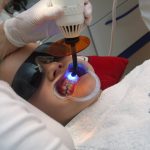Easy Guide: Using Syringe to Clean Wisdom Teeth Sockets
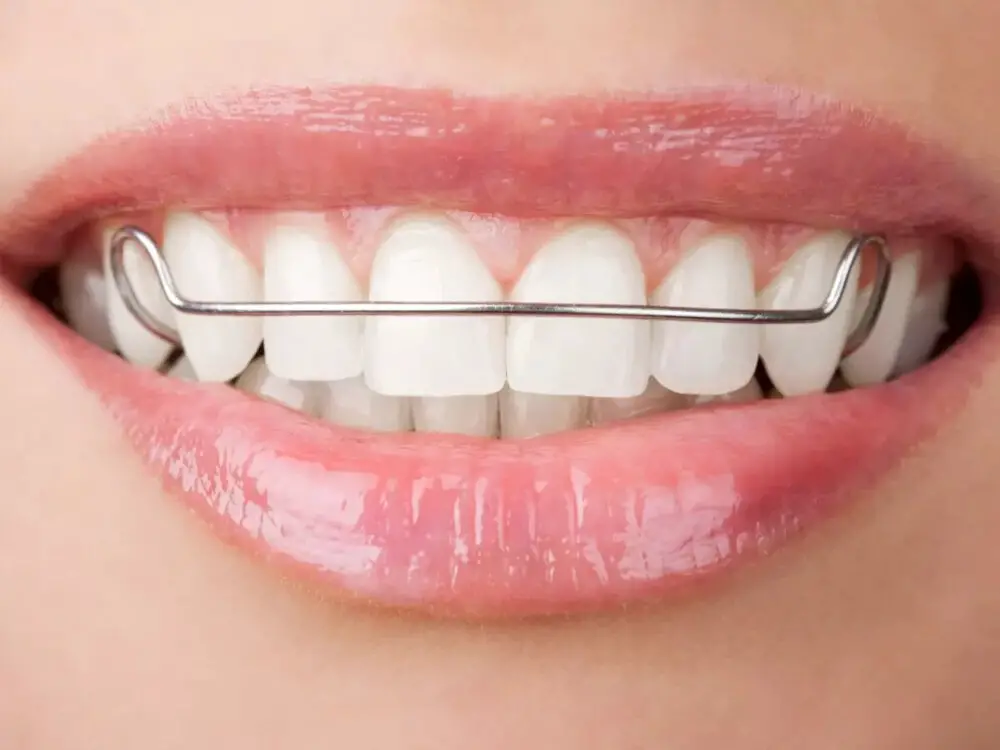
Wisdom teeth, or third molars, are the last set of teeth to emerge in one’s mouth. They usually appear between the ages of 17 and 25 and are located at the back of the mouth. However, wisdom teeth can often cause problems, such as impaction, infection, and gum disease. As a result, dentists may recommend removing them. After wisdom teeth extraction, it’s essential to keep the sockets clean to prevent infection and promote healing. One way to clean wisdom teeth sockets is by using a syringe. Using a syringe to clean wisdom teeth sockets is a straightforward process that can be done at home with the right tools and technique. A syringe can flush out debris and food particles that may be trapped in the sockets, reducing the chance of infection. It’s important to note that the use of a syringe should only be done as directed by your dentist or oral surgeon and only after the initial healing process has begun. In this easy guide, we’ll go through the steps of using a syringe to clean wisdom teeth sockets, so you can ensure proper healing and maintain good oral health.
Wisdom teeth sockets are the holes in the jawbone where the wisdom teeth used to be. These sockets can be difficult to clean because they are located at the back of the mouth and are often hard to reach with a toothbrush or floss. Failure to clean these sockets properly can lead to the formation of a blood clot, which can cause a painful condition known as dry socket. Additionally, bacteria and food particles can accumulate in these sockets, leading to infection and bad breath. Regular cleaning of wisdom teeth sockets with a syringe can help prevent these issues and promote proper healing after wisdom teeth extraction.
Materials Needed
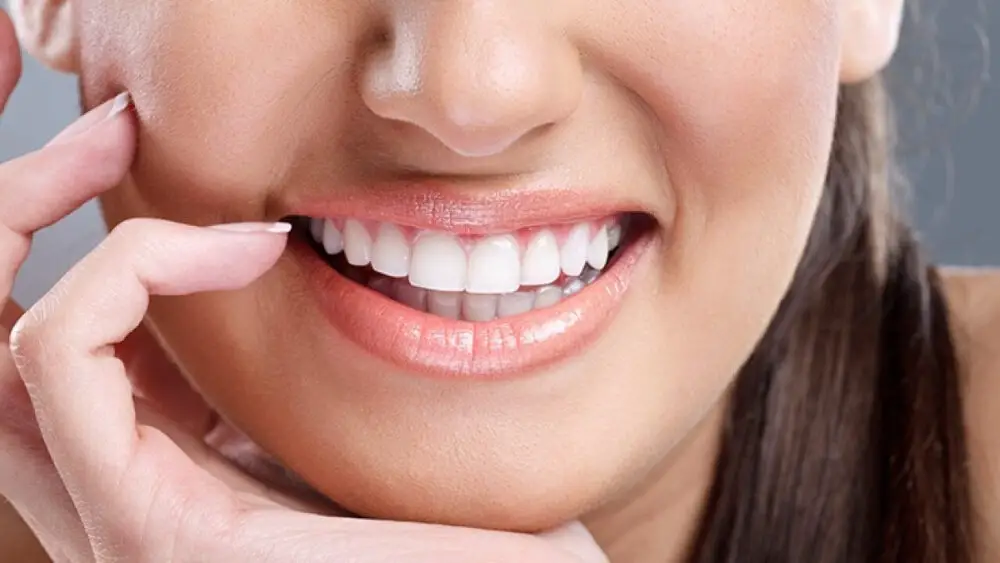
When it comes to cleaning wisdom teeth sockets using a syringe, it is crucial to have all the necessary materials before starting the process. The first and foremost important material is a syringe. It is recommended to use a curved-tip syringe as it is specifically designed for cleaning dental sockets. The curved-tip syringe can effectively reach the deep sockets without causing any discomfort or damage. Furthermore, it is important to choose a syringe with a capacity of at least 10 ml to ensure that enough water or saline solution is available to clean the socket thoroughly. Apart from the syringe, a saline solution or warm water is needed for cleaning the wisdom teeth sockets. The saline solution can be prepared by mixing 1 teaspoon of salt with 8 ounces of warm water. Saline solution helps in reducing inflammation and promoting healing in the socket area. In addition to this, it helps in flushing out any debris or food particles that might be stuck in the sockets. Warm water can also be used as an alternative to saline solution, but it may not be as effective as saline solution in promoting healing and reducing inflammation. Having these materials on hand before starting the cleaning process can help ensure a successful and comfortable experience.
When it comes to cleaning your wisdom teeth sockets, it is important to have all the necessary items in hand. A syringe and cleaning solution are two of the most important tools you will need to effectively clean your sockets. In addition, you will need a bowl of warm water, a mirror, and a towel to clean up any excess solution. It is recommended to use a saline solution or a mixture of warm water and salt to clean the sockets. The syringe allows you to direct the solution into the socket for a thorough cleaning. With these items in hand, you will be able to effectively clean your wisdom teeth sockets and promote healing after a tooth extraction.
Preparation
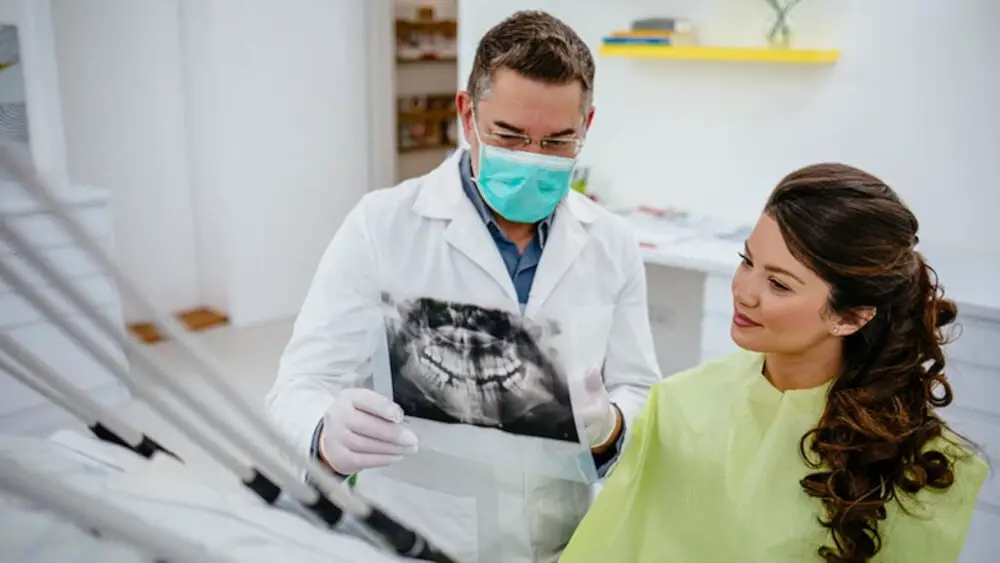
Preparation is key when it comes to cleaning wisdom teeth sockets with a syringe. Before you begin, make sure you have all the necessary tools and supplies on hand. This includes a syringe with a curved tip, warm water, and any recommended cleaning solution or mouthwash. It’s also important to have a clean and comfortable area to work in, such as a bathroom or a well-lit and spacious countertop. Once you have gathered all the necessary supplies, take the time to mentally prepare yourself for the task at hand. Cleaning your wisdom teeth sockets can be uncomfortable and even painful at times, so it’s important to approach the process with a calm and focused mindset. Take deep breaths and remind yourself that the end result will contribute to your overall oral health and well-being. By taking the time to properly prepare yourself and your environment, you can ensure a successful and effective cleaning process for your wisdom teeth sockets.
To prepare the cleaning solution for wisdom teeth sockets, begin by gathering the necessary ingredients: warm water, salt, and a syringe. Fill a glass with warm water and add a teaspoon of salt, stirring until the salt is fully dissolved. Next, draw the solution into the syringe and carefully direct the tip into the socket, gently squeezing the plunger to release the solution. Repeat this process until the socket is thoroughly cleaned, being sure to avoid applying too much pressure as this can cause discomfort or irritation. Once finished, rinse your mouth with clean water to remove any remaining solution and debris, and dispose of the used syringe properly. With these simple steps, you can keep your wisdom teeth sockets clean and prevent any complications.
Ensuring a successful cleaning process is crucial to maintain good oral hygiene and prevent infections. Firstly, it is essential to use the right tools and techniques for cleaning. A syringe can be very effective in cleaning wisdom teeth sockets, but it must be used correctly to avoid damaging the socket or causing pain. Secondly, it is important to maintain cleanliness and hygiene of the syringe and other tools used for cleaning. They should be properly sterilized and stored in a clean and dry place after each use. Finally, it is advisable to follow a regular cleaning routine and visit a dentist regularly for professional cleaning and check-ups. By following these tips, one can ensure a successful cleaning process and maintain good oral health.
Cleaning Process

Cleaning your wisdom teeth sockets is an essential process that prevents infections and complications after tooth extraction. The cleaning process involves removing any food particles or debris accumulated in the socket to promote faster healing. One of the easiest and most effective ways to clean your wisdom teeth sockets is by using a syringe. Before starting the cleaning process, ensure that you have a clean, sterilized syringe. Firstly, fill the syringe with warm saline water and place the tip of the syringe into the socket. Gently press the plunger to release water into the socket, making sure not to apply too much pressure to avoid causing pain or discomfort. The warm saline water helps to loosen any debris or food particles and cleans the socket thoroughly. Repeat the process several times until the socket is fully cleaned and rinsed. After cleaning, you can use a clean piece of gauze to gently pat the area dry and ensure that no debris is left behind. Remember to clean your wisdom teeth sockets at least twice a day to promote faster healing and prevent infections.
To begin with, it’s essential to choose the right syringe for cleaning your wisdom teeth sockets. A curved-tip syringe is ideal as it can easily maneuver around the back of your mouth. After filling the syringe with warm saline solution, lean over the sink and place the curved tip in the socket. Gently press the plunger to release the solution, making sure it fills the socket. Hold the solution in the socket for a few seconds before spitting it out. Repeat the process until the socket is clean, making sure to rinse your mouth thoroughly with warm water afterwards. Remember to use the syringe gently to avoid damaging the socket or causing any discomfort. With these simple steps, you can maintain proper oral hygiene and keep your wisdom teeth sockets clean.
When cleaning wisdom teeth sockets using a syringe, it is important to take steps to avoid discomfort or pain. Firstly, make sure to use lukewarm water instead of cold or hot water, as extreme temperatures can cause sensitivity. Additionally, avoid applying too much pressure when cleaning, as this can cause irritation or even damage to the socket. It’s also important to use a gentle, circular motion when cleaning to prevent any unnecessary friction. Finally, if you experience any discomfort or pain during the cleaning process, stop immediately and consult your dentist for advice. By following these tips, you can ensure a comfortable and effective cleaning experience.
Before attempting to use a syringe to clean wisdom teeth sockets, it is important to be aware of potential risks and complications. First and foremost, improper use of a syringe can lead to damage of the surrounding tissues and gums. Additionally, if the water or solution used in the syringe is not properly sterilized, it can lead to infection and further complications. It is also important to note that attempting to clean wisdom teeth sockets at home can be difficult and may not effectively remove all debris and bacteria. It is recommended to consult with a dental professional before attempting this procedure to ensure proper technique and minimize the risk of complications.
Aftercare

Aftercare is an essential aspect of maintaining good oral health, especially after undergoing any dental procedure. After cleaning your wisdom teeth sockets with a syringe, it is crucial to follow a proper aftercare routine to avoid any complications. The first step is to avoid any solid foods for at least 24 hours and stick to a soft, liquid diet instead. It is also recommended to avoid smoking or drinking alcohol to prevent irritation and infection in the socket area. Rinsing your mouth with warm salt water a few times a day can also help to reduce swelling and promote healing. It is essential to keep the socket area clean to prevent any bacterial growth and avoid touching it with your fingers or tongue to prevent any further irritation. In addition to these measures, it is crucial to take any prescribed medications as directed, including pain relievers and antibiotics, to manage any discomfort or prevent infection. It is also recommended to avoid any strenuous activities for a few days to allow the body to heal. It is essential to schedule a follow-up appointment with your dentist to ensure that the socket is healing properly and to address any concerns or complications. By following these aftercare routines, you can ensure a speedy and successful recovery after cleaning your wisdom teeth sockets with a syringe.
After completing the postcleaning process, it is essential to take good care of the wisdom teeth sockets to ensure proper healing. Rinse your mouth with warm salt water at least four times a day to keep the socket clean and free of infection. Avoid consuming hot, spicy, or crunchy foods for the first few days as they can cause irritation and discomfort. Also, refrain from smoking or using tobacco products as they can delay the healing process and increase the risk of infection. Lastly, avoid rigorous physical activities or exercises for the first few days after the cleaning as it can disturb the clot formation and cause bleeding. By following these simple instructions, you can ensure a smooth and speedy recovery after the wisdom teeth socket cleaning process.
It’s common to experience discomfort or pain following the cleaning process of wisdom teeth sockets with a syringe. However, there are some tips to help manage this discomfort. Firstly, you can use over-the-counter pain relief medication such as ibuprofen or acetaminophen. Secondly, avoid consuming any hard or crunchy foods that may irritate the socket. Instead, opt for soft and easy-to-eat foods such as soup or mashed potatoes. Additionally, gently rinsing your mouth with warm salt water can help to alleviate any discomfort or pain. It’s important to follow these tips and take care of your mouth in the days following the cleaning process to prevent any further discomfort or complications.
It is crucial to maintain proper oral hygiene after wisdom teeth extraction to prevent infection and promote faster healing. Cleaning the wisdom teeth sockets is an essential part of this process. Using a syringe to irrigate the socket with saline solution or water helps remove any debris or food particles that may have accumulated in the area. This prevents the growth of harmful bacteria and reduces the risk of infection. The gentle pressure of the syringe also promotes blood flow, which aids in the healing process. Additionally, the syringe allows for a targeted and precise cleaning, ensuring that the socket is thoroughly cleaned without causing any damage to the surrounding tissue. In summary, using a syringe to clean wisdom teeth sockets is a simple and effective way to promote optimal healing and prevent infection.
In conclusion, cleaning wisdom teeth sockets using a syringe is a simple and effective method. However, it is important to note that this method should only be used as a supplement to your regular dental hygiene routine. It is not a substitute for brushing and flossing regularly. Additionally, it is important to use the syringe with caution and not apply too much pressure as this can cause further damage to the socket and surrounding tissue. Overall, if you are considering using a syringe to clean your wisdom teeth sockets, it is recommended to consult with your dentist first to ensure that you are doing it correctly and safely.
Conclusion
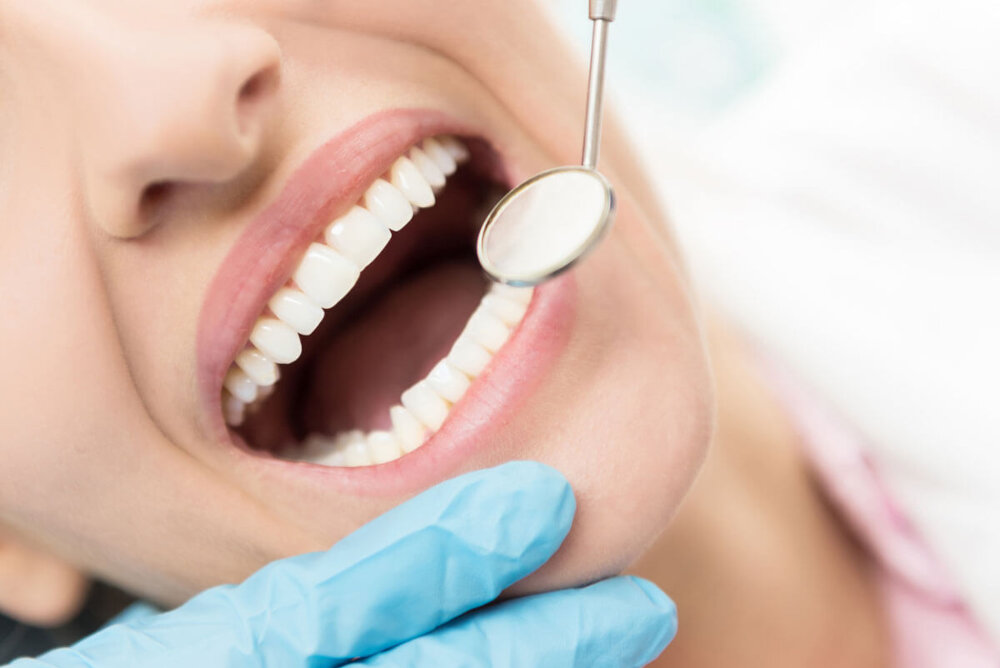
In conclusion, utilizing a syringe to clean wisdom teeth sockets can be an effective and straightforward method to promote healing and prevent infection. With proper technique and hygiene practices, this approach can aid in the recovery process and ensure optimal oral health. However, it is essential to consult with a dental professional before attempting this method and to follow their instructions carefully. Ultimately, taking care of your oral hygiene is crucial, and utilizing tools such as a syringe can be a helpful addition to your routine.
